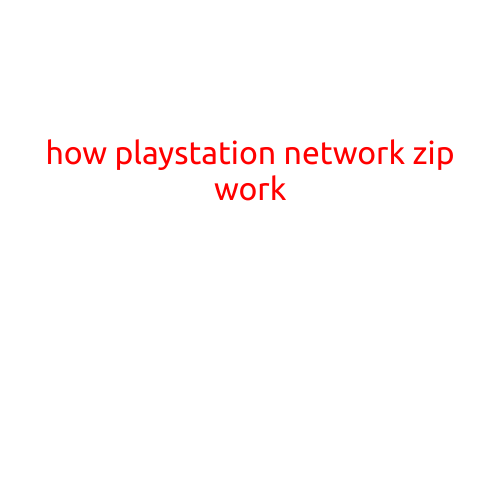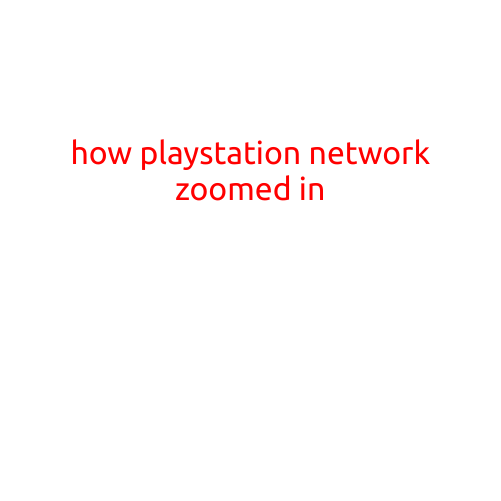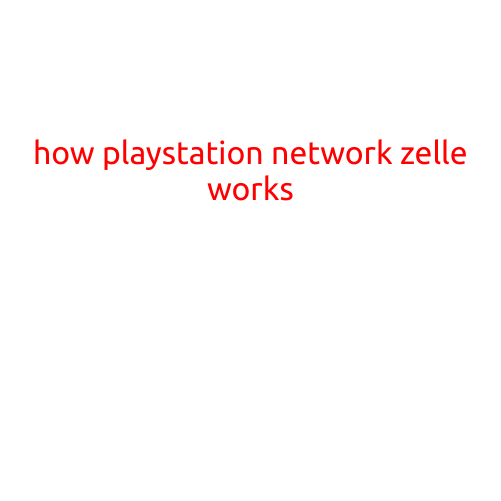
How PlayStation Network ZIP Works: A Beginner’s Guide
PlayStation Network, also known as PSN, is a popular online gaming platform used by millions of gamers worldwide. One of the essential components of PSN is the ZIP (Zipper Interoperability Protocol) system, which plays a crucial role in connecting players across different platforms. In this article, we’ll dive into the world of PlayStation Network ZIP and explain how it works.
What is ZIP?
ZIP stands for Zipper Interoperability Protocol, a proprietary technology developed by Sony Interactive Entertainment. It’s a protocol that enables seamless communication between different PlayStation platforms, including the PlayStation 3, PlayStation 4, and PlayStation 5. ZIP allows players to navigate, communicate, and interact with each other seamlessly, regardless of the platform they’re using.
How ZIP Works
The ZIP system is comprised of two main components: the client and the server. Here’s how they work together:
- Client: The client is the PSN client software installed on your PlayStation console. It’s responsible for connecting to the PSN server and managing your online gaming experience.
- Server: The PSN server is a centralized hub that manages all the online gaming activities. It’s responsible for maintaining a database of all registered players, matchmaking, and game server management.
When you connect to PSN, your client sends a request to the server to initiate a game session. The server then searches for available players who match your preferences (game, region, etc.) and establishes a connection with the ZIP protocol.
Here’s a simplified illustration of the process:
Client (PSN Client) -> Server (PSN Server) -> Establishment of ZIP Connection -> Matchmaking and Game Session -> Seamless Gaming Experience
Advantages of ZIP
The ZIP protocol offers several benefits to PSN users, including:
- Cross-platform compatibility: ZIP enables players to play with friends across different platforms, without the need for additional software or hardware.
- Seamless matchmaking: ZIP reduces latency and ensures a smooth matchmaking experience, making it easier for players to find and join games.
- Secure authentication: ZIP includes robust authentication measures to ensure secure connections and protect player data.
- Scalability: ZIP allows PSN to handle large numbers of players and game sessions, making it an ideal solution for massive online gaming experiences.
Conclusion
In conclusion, the ZIP protocol is a critical component of the PlayStation Network, enabling seamless communication and connectivity between players across different platforms. Understanding how ZIP works can help you appreciate the complexity and sophistication of PSN’s online gaming infrastructure. Whether you’re a seasoned gamer or a newcomer to the world of PlayStation, ZIP makes it possible for you to connect with millions of other gamers worldwide and enjoy the ultimate online gaming experience.





